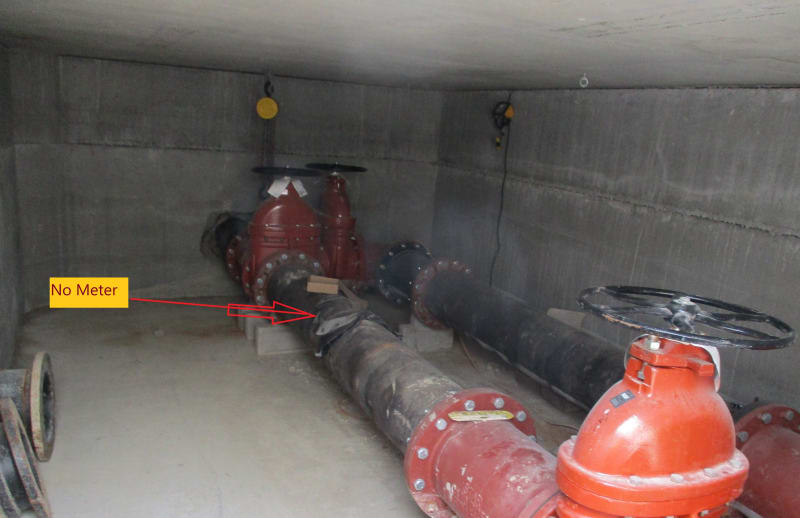Hi all,
When pressure testing the water meter assembly the actual meter itself is left out, is there a reason why the meter is left out? is there specification or code reference that speaks to this? Once the meter is put back in there will be two new joints that won't be accounted for.

Is the fire service main designed under the same code as the domestic water mains? Where can I find testing standards for fire main? is it in the NFPA?
Should the Fire service main also undergo swabbing, chlorination similar to the domestic water main?
What pressure should the fire service main be tested at (200 psi for 2 hours?) what is the allowable leakage?
Thank you in advance.
When pressure testing the water meter assembly the actual meter itself is left out, is there a reason why the meter is left out? is there specification or code reference that speaks to this? Once the meter is put back in there will be two new joints that won't be accounted for.

Is the fire service main designed under the same code as the domestic water mains? Where can I find testing standards for fire main? is it in the NFPA?
Should the Fire service main also undergo swabbing, chlorination similar to the domestic water main?
What pressure should the fire service main be tested at (200 psi for 2 hours?) what is the allowable leakage?
Thank you in advance.
